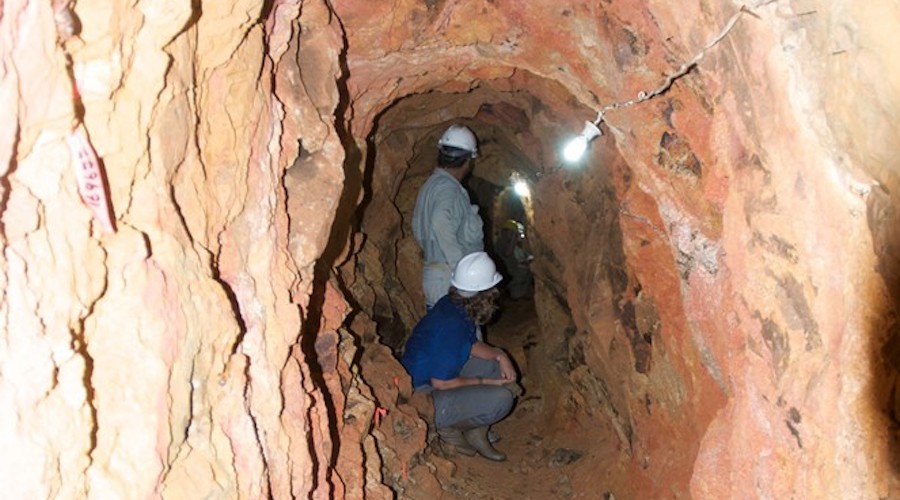
Goldsource Mines (TSXV: GXS) announced the expansion of drill results for the Salbora deposit, located northwest of the main Eagle Mountain gold project in Guyana.
In a press release, the Canadian miner said drill results have expanded Salbora to a current high-grade footprint of approximately 600 metres long by 10 to 150 metres wide, narrowing to the south, by 75 to 150 metres deep.
“Doubling the length of the deposit through drill-testing is crucial in our goal to reach a critical mass for Eagle Mountain of 600 to 800 thousand ounces of gold in the saprolite resource, plus a hard rock resource”
Yannis Tsitos, Goldsource president
“Gold mineralization is open in most directions. Newly reported hole EME19-019 is a step-out hole that is 150 metres north of the Salbora discovery holes and intercepted 76.5 metres grading 1.18 grams per tonne gold,” the press brief states. “New drill results have doubled the drill-tested strike length of gold mineralization and confirmed sulfide-rich gold mineralization that is suggested in geophysical interpretations.”
According to Goldsource, from the total drilling at Salbora of approximately 8,250 metres, the weighted average gold grade within this semi-continuous mineralized footprint is 2.58 gpt Au.
“This makes the Salbora deposit the highest grade, gold mineralized, near-surface deposit on the Eagle Mountain property and a significant complement to the nearby Eagle Mountain deposit which contains an established indicated resource of 3.9 million tonnes grading 1.49 gpt gold (188,000 ounces of contained gold) and inferred resources of 20.6 million tonnes grading 1.19 gpt gold (792,000 ounces of gold),” the miner’s statement reads.
The Eagle Mountain gold project is located approximately 200 kilometres southwest of Guyana’s capital, Georgetown, and 45 kilometres from the historic Omai gold mine, which produced an estimated 4 million ounces of gold at an average grade of approximately 1.4 g/t, from 1993 to 2005.